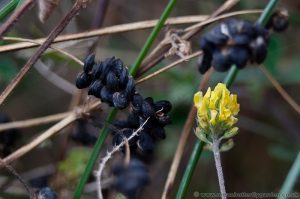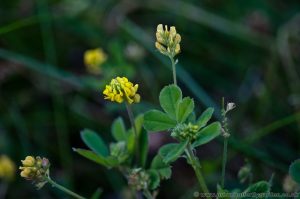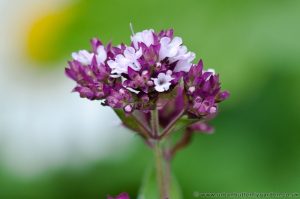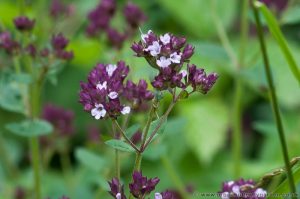A generally common wildflower, with many small yellow oval-round flowers, and trifoliate leaves, (3 leaflets) mostly found on fertile or calcareous soils, in sunny areas on short grazed or cut grassland like garden lawns and verges.
Flowering May-October, each Black Medic plant may have around 40-50 yellow flowers that emerge from the leaf axils of the short stems, which despite their small size, attract many pollinating insects, such as bees, moths and butterflies.
Despite the abundance of small yellow flowers Black Medic gets its name from the small black kidney shaped seeds which can be found late August – September.
Black Medic Information
- Group: fabaceae (Pea Family)
- Type: Annual – perennial
- Similar appearance to: Clovers – Hop Trefoil (Trifolium campestre)
- Flowering: May-October
- Habitat: Meadows, Tracks, Roadside Verges, Garden Lawns
- Height: around 35-50cm
- Larval food plant: Common Blue Butterfly (Polyommatus icarus)
- Nectar plant: Common Blue butterfly, Brown Argus butterfly, Gatekeeper butterfly, Meadow Brown butterfly, Wood White Butterfly (leptidea sinapis), Moths and Bees
- Photograph: 5th September 2012- South Lincs




